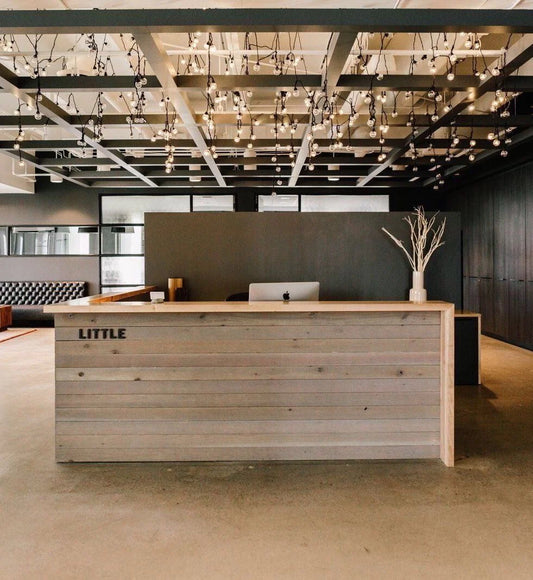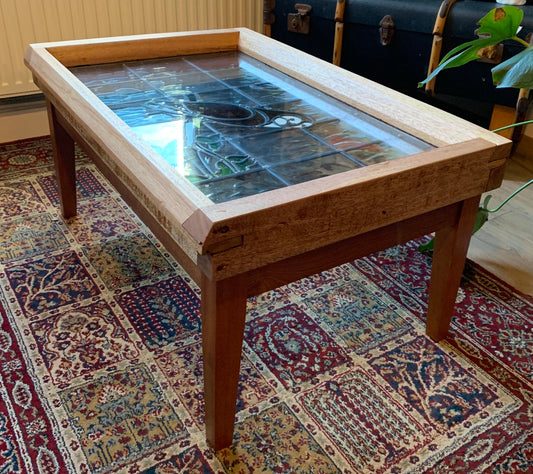One of the most common inquiries I receive is along the lines of, "I’ve seen this online, can you make it for me?" It’s a tricky one to answer because while my immediate thought is "Probably," I can’t help but wonder, "Why?"
Recreating someone else’s design can often feel redundant. The customer ends up with a slightly modified version of a mass-produced item that thousands of others already have. Plus, depending on the design, I might not be able to replicate it to the same standard.
Factory-made furniture benefits from expensive machinery that ensures every item is identical and flawless. As a craftsman, I use my own two hands and a collection of tools, which naturally introduces variations based on how I handle them. Thankfully, with years of experience, I achieve the results I aim for, but each piece remains unique. That’s the charm of handcrafted furniture: the individual details and quirks. A good furniture maker hopes that users discover new details each time they look at their piece. Perhaps an interesting curve behind a table leg, or a slightly wider dovetail in a drawer that invites curiosity. Human hands create pieces meant to be appreciated by other humans.
The greatest advantage of custom-made furniture or homeware is that it’s tailored specifically for you. Every detail is chosen to match your needs and style. Imagine a desk at the perfect height for your posture, a chest of drawers with built-in dividers for your clothes, or a side table that’s just the right height beside your sofa and perfectly complements your oak fireplace. There’s no compromise on functionality or fit because the piece is designed to work exclusively in your space.
Plus, using sustainable reclaimed timber adds a unique story to every piece. You can proudly tell your guests that your dining room table was once a school science desk, or that the jewelry box on your nightstand was crafted from the scrap wood of a guitar builder. Everything I make starts a conversation because it already has a story to tell. You don’t get that with a coffee table that eight of your neighbours already have in a different colour.
So, can I make what you’ve seen on Pinterest? Probably. But why settle for that? Reference images are helpful for understanding the style you’re aiming for, but consider what you would ask for if you could have it any way you imagined. Would your email change? Maybe you’d ask, "I love this headboard from Pinterest. Could you make something similar but in walnut and with built-in reading lights?" That gives me a clear idea of your vision and sounds really exciting. Then it’s my job to tell you how I can make that dream come to life.


